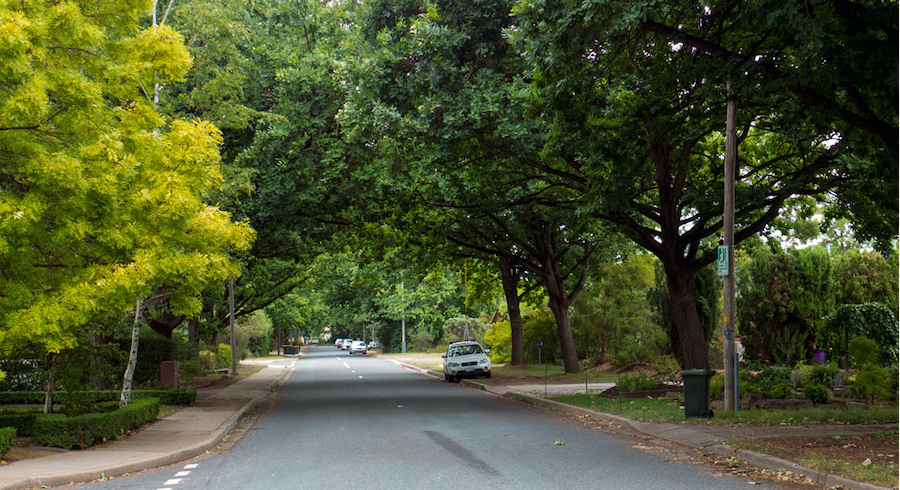
“The intention is to severely limit single dwellings on their own land and to continue forcing those who can least afford the choice into high-density living,” writes political columnist MICHAEL MOORE.
THE joy of Canberra has always been that it is different from other cities.
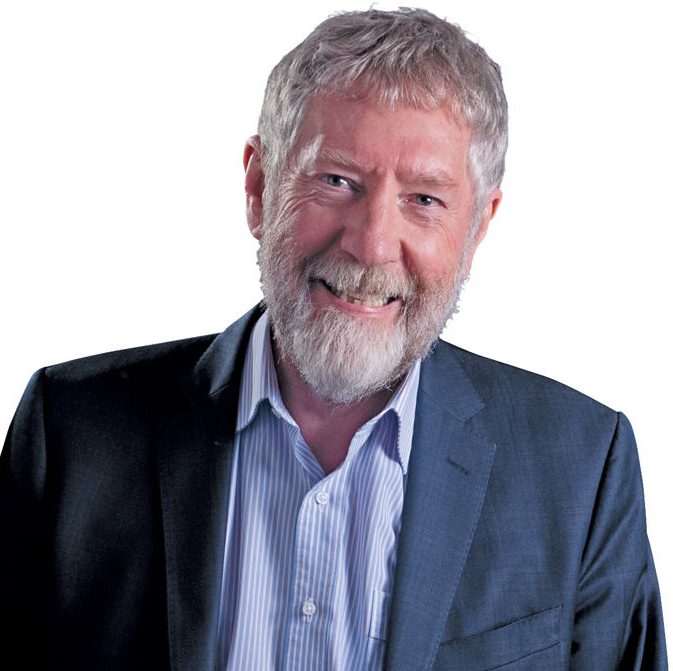
This is what makes Canberrans proud of where they live. In contrast, our governments seem to constantly strive to copy the worst features of other cities. Who wants to be a follower rather than a leader?
The intent of the Draft Territory Plan, according to the ACT government is that it, “outlines what development can take place where. It guides developers”.
There is an attempt to win over Greens supporters and neighbourhood groups with a series of platitudes. The language refers to looking through the “lens of wellbeing, health, recreation, employment, housing, and environmental factors”. Who could argue with this intention? Platitudes!
However, the fundamental problem with the document is that it does not look through the lens of choice. Ordinary people make choices about where they want to live and how they wish to live. For some, high-density living as found in inner Melbourne and many cities worldwide fits this choice. For many others – they simply do not have the choice to live in the way that the vast majority of Canberrans already choose.
Current Canberrans overwhelmingly choose to live in a single house, in a diverse suburb with small shopping centres and access to local schools. The Y-plan of half a century ago delivered on these preferences and choices. At the time higher-density living was also facilitated. It was not forced.
The notion of choice means understanding what people really want for their living conditions. As columnist Paul Costigan pointed out in last week’s “CityNews”, the values of inner-south residents included: “streetscapes, open spaces, neighbourhood character, their suburban environment, being located in their suburb, as well as respect for heritage, trees, domestic scale housing, good footpaths…”.
The platitudes of the proposed plan do not adequately address such issues. The real fear is that the plan is designed simply to encourage high-density living. This will be most intense in the inner-north, but will be inflicted on all suburban areas. The Molonglo Valley has examples of overdoing high-density living. In the meantime, releases of small suburban blocks are pathetically inadequate.
It doesn’t matter how much consultation takes place. Canberrans are unlikely to believe that the government will be prepared to take a different path from their intended approach. The intention is to severely limit single dwellings on their own land and to continue forcing those who can least afford the choice into high-density living.
Of course, there are good examples of how high-density living can work. The relatively recent development of C5 in Campbell with adequate green space, distance from the original dwellings, shops and cafes illustrates what can be done with good design and appropriate controls. It allows choice.
The planners argue that the intention of the current plan is to “describe the desired results of planning rather than only prescribe how things are to be done”. In other words, they are attempting to focus on an outcome rather than a process. I would have thought this is simply what planning should be!
The reality is very different. Even reading the Draft Territory Plan section “at a glance” focuses on how density can be increased. For example, “increasing the number of dwellings permitted in a multi-unit development in the RZ2 zone”, “plot ratio change to be a set 50 per cent for multi-unit in RZ1 and RZ2”, and “allowing multi-unit developments in RZ2 dwellings to be in the form of an apartment”.
“Amended vehicle parking requirements to encourage and support active travel, while requiring provision of infrastructure for electric vehicle charging facilities”. This really means less parking places for people in high-density living! The plan will seek to force people on to public transport by reducing requirements for parking spaces. The outcome of this approach in big cities – that the planning authority is attempting to emulate – is just more on-street parking.
At least there will be more charging stations for electric vehicles!
If Canberra is to continue to grow there will be a need for a wide range of housing types. Although it claims to plan for how much development and where, the real challenge for a plan like this is to illustrate how it will deliver an outcome that genuinely reflects the sort of choices that people would like to be able to make.
Michael Moore is a former member of the ACT Legislative Assembly and an independent minister for health.
Who can be trusted?
In a world of spin and confusion, there’s never been a more important time to support independent journalism in Canberra.
If you trust our work online and want to enforce the power of independent voices, I invite you to make a small contribution.
Every dollar of support is invested back into our journalism to help keep citynews.com.au strong and free.
Thank you,
Ian Meikle, editor
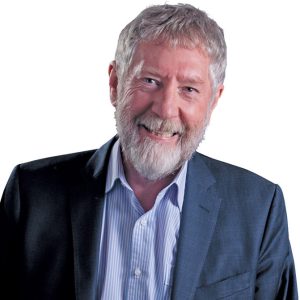

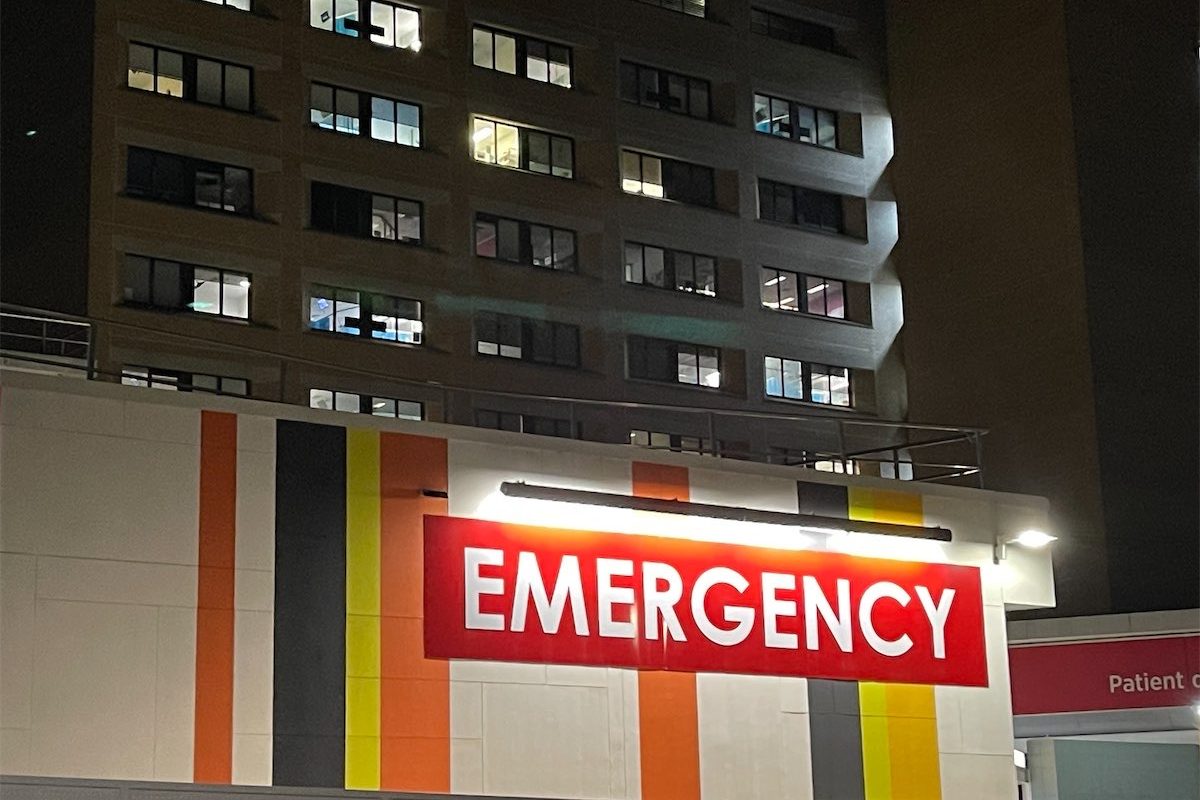
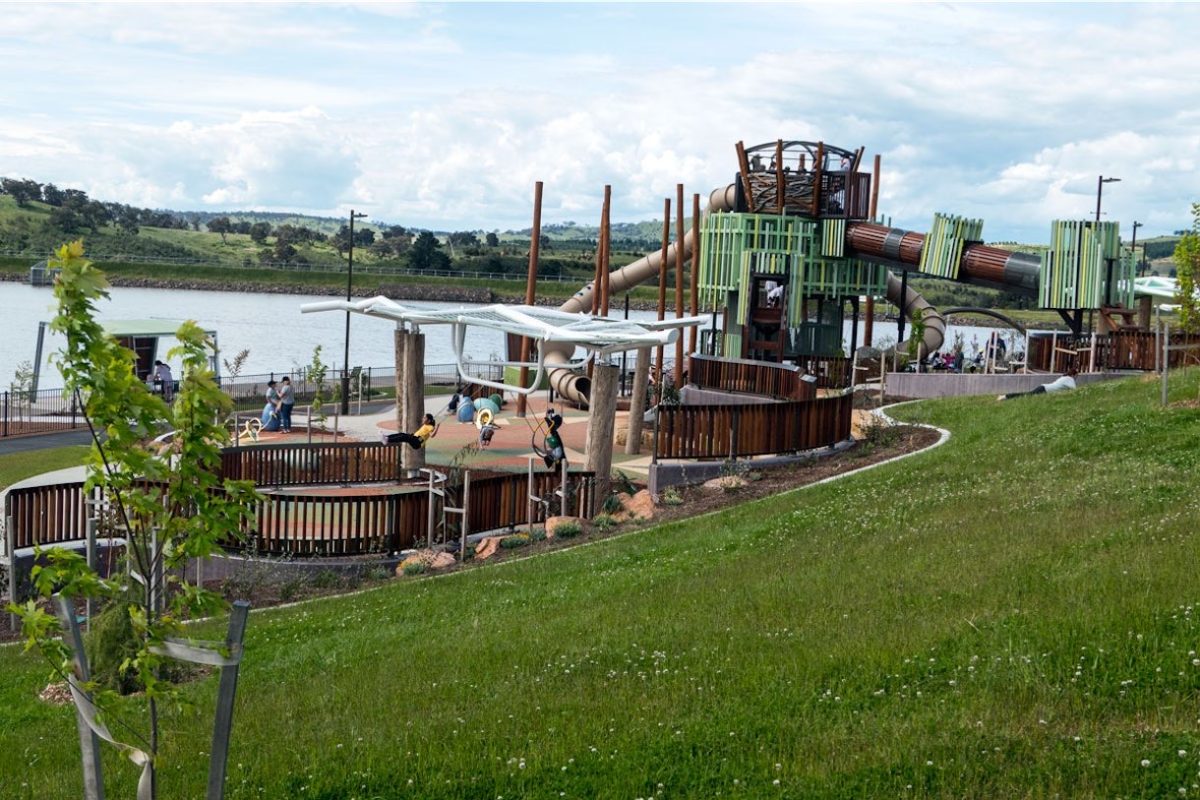

Leave a Reply